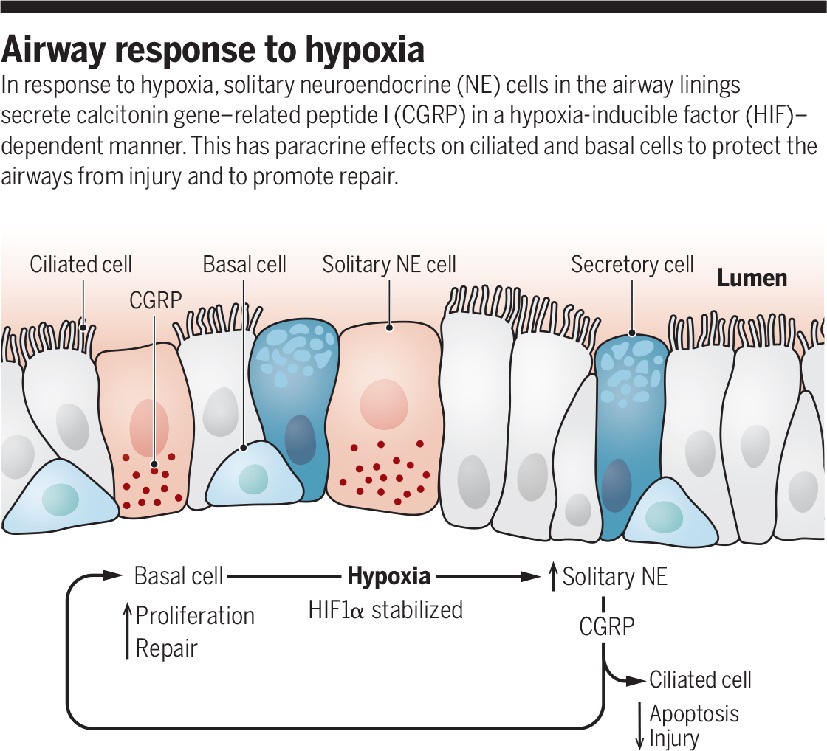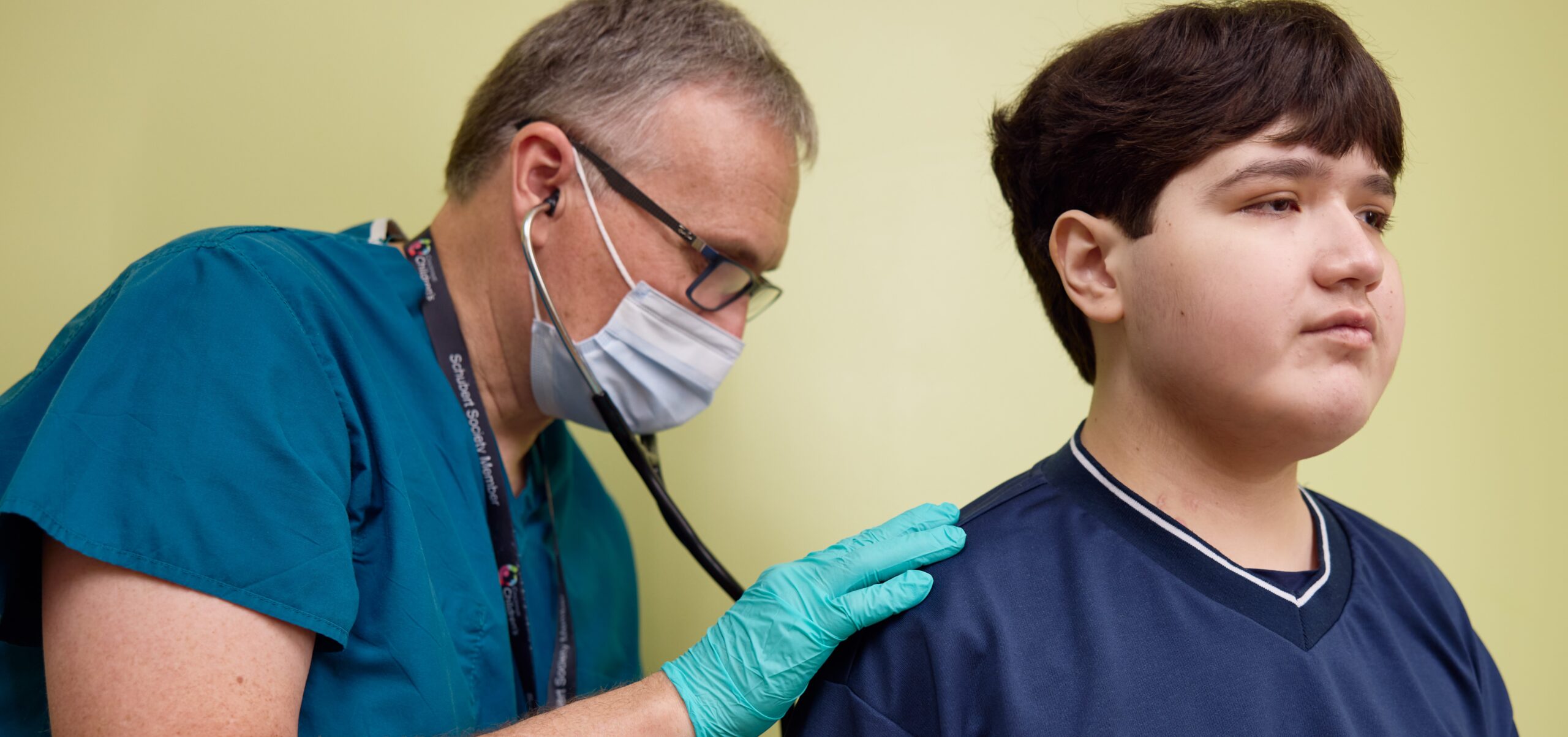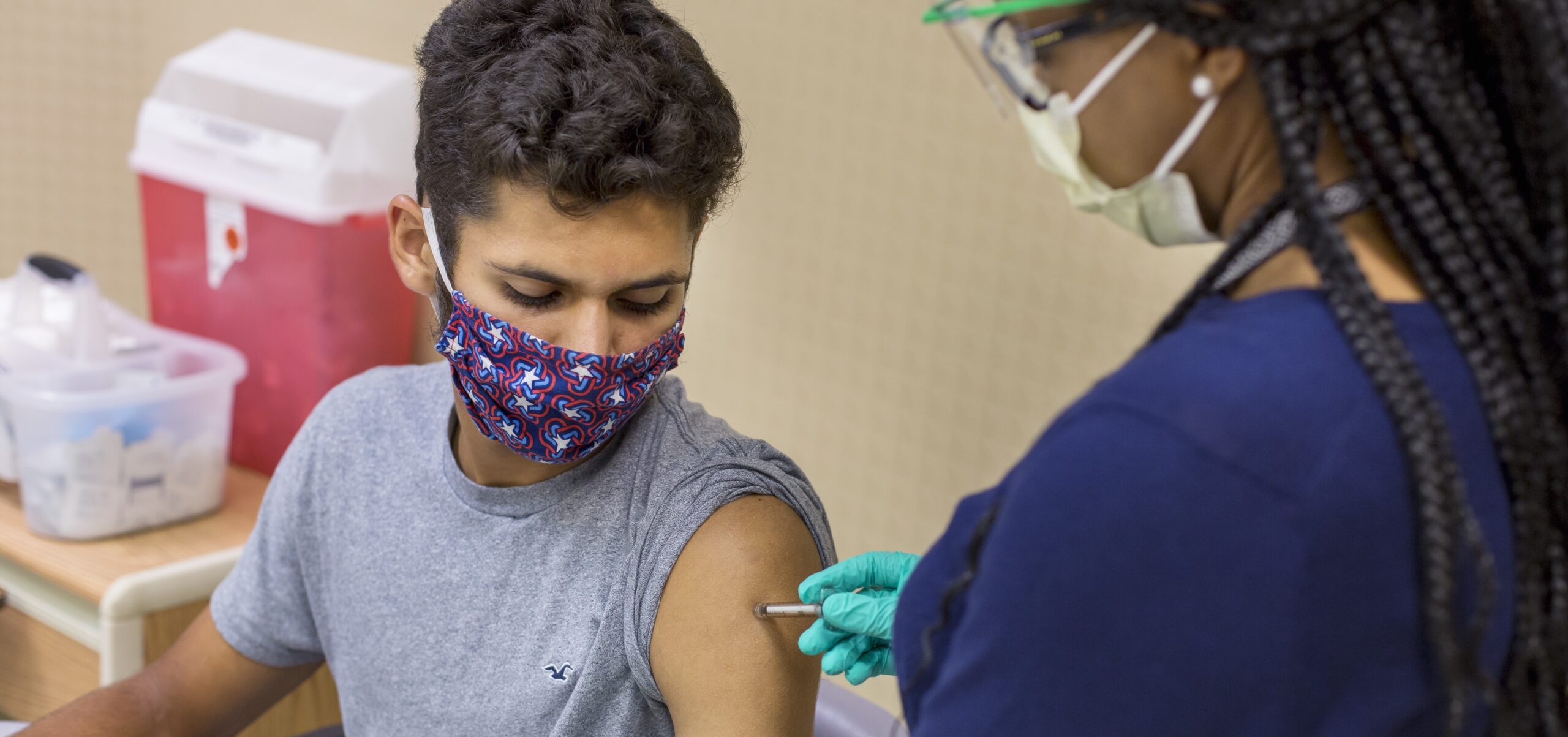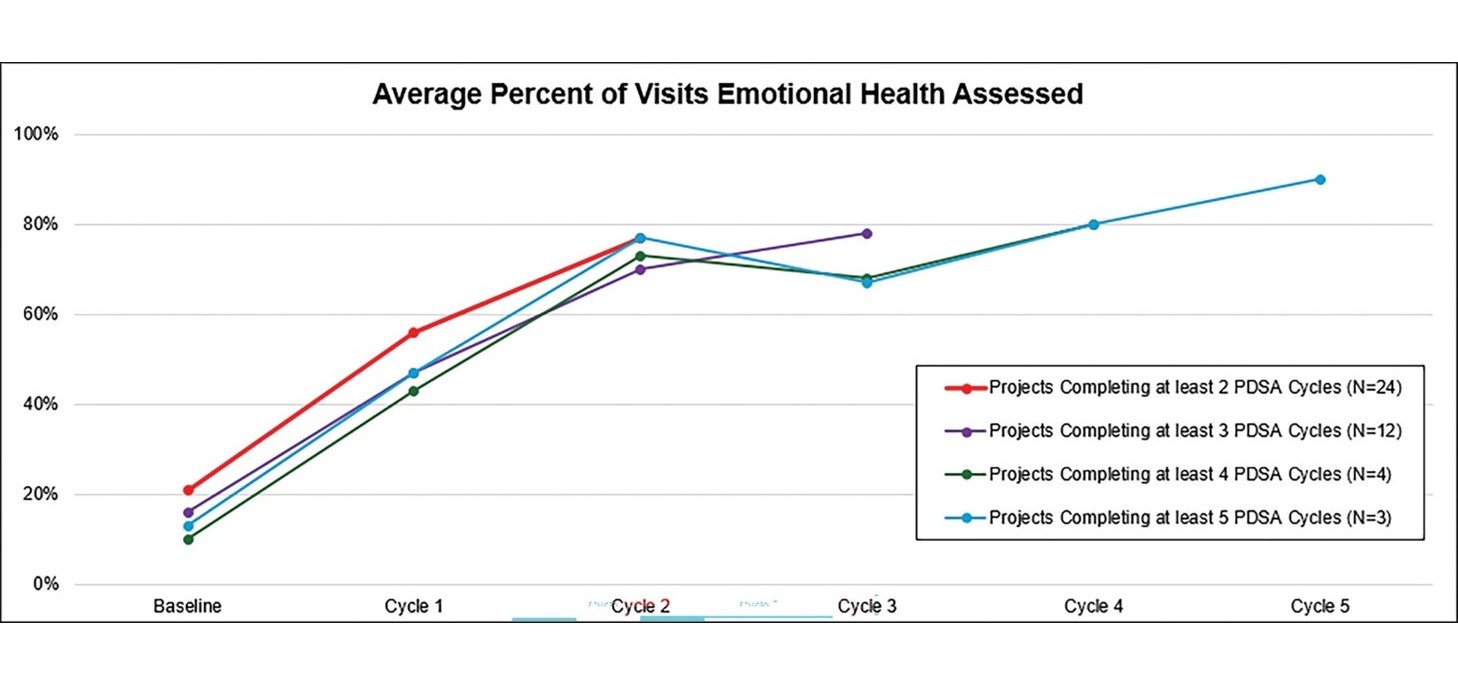Fresh Perspective on Lung Repair Mechanisms
Post Date: January 7, 2021 | Publish Date:


In a perspective article published in Science, William Zacharias, MD, PhD, Divisons of Pulmonary Biology and Neonatology, discusses new data from the Harvard Stem Cell Institute and colleagues regarding how the injured lung responds to low oxygen concentrations during regeneration.
Both children and adults are frequently exposed to lung injuries, from viruses, bacteria, and other irritants, and the lung has specific mechanisms to respond to these injuries. Uniquely, the lung is constantly exposed to constantly changing oxygen levels, requiring a response to damage that manages oxygen levels from the air, arterial blood, and venous blood. Cells in the lung have evolved several mechanisms to integrate these changes in oxygen, including new findings of regenerative signals that are regulated directly by oxygen concentration.
“The findings of Shivaraju, et al., imply that NE expansion in the airway is a beneficial adaptation to hypoxia and suggest that artificially high oxygenation targets may impair the regenerative response to injury,” Zacharias wrote. “Conversely, higher arterial PO2 may improve cognitive outcomes in patients with critical lung injury, emphasizing that what is “good” for the lung may not be ideal for other organs.”





